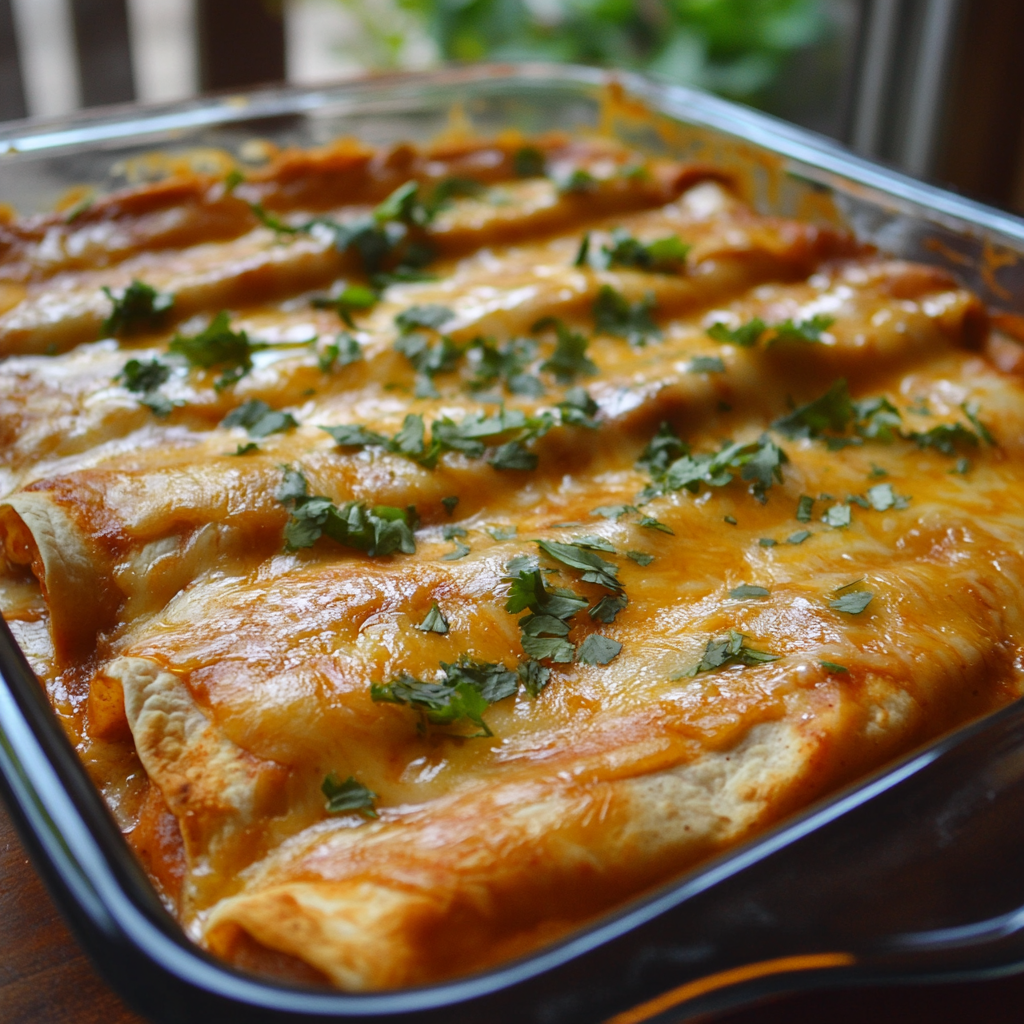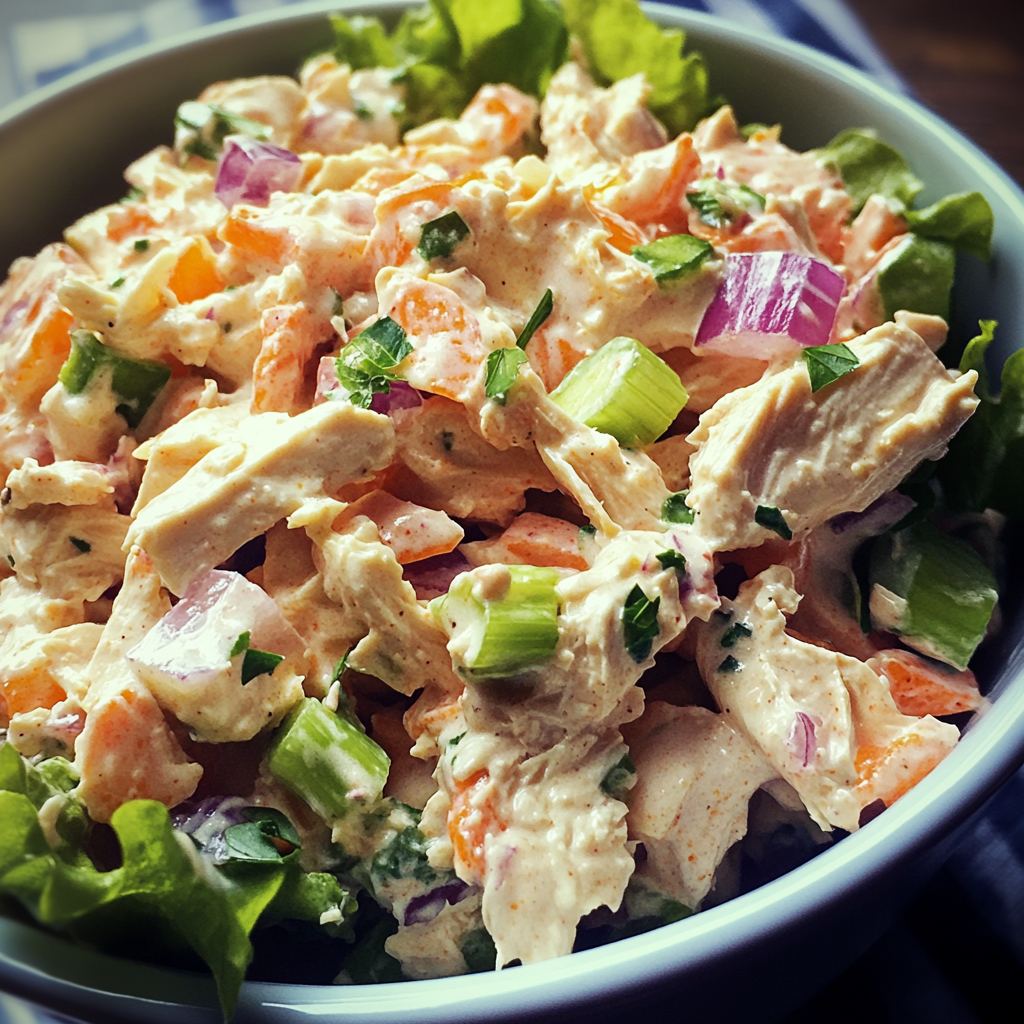Unlocking the Potential of Leftover Rotisserie Chicken
Leftover rotisserie chicken recipes is a staple in many households, celebrated for its convenience, affordability, and rich flavor. But what happens after the main meal? Those delicious leftovers often sit forgotten in the fridge, losing their charm. Here’s the secret: leftover rotisserie chicken is a culinary goldmine waiting to be transformed into something extraordinary. From hearty soups to fresh salads, the possibilities are endless. Whether you’re saving time, cutting down on food waste, or simply looking for a quick fix after a long day, leftover rotisserie chicken is your secret weapon for fast, flavorful meals.
Why Repurposing Leftovers is a Culinary Game-Changer
Repurposing leftovers isn’t just practical—it’s an art form that can elevate your everyday cooking. By turning leftover rotisserie chicken into something new, you’re not just saving money and reducing waste—you’re also saving time while flexing your creative cooking muscles. These recipes breathe new life into your leftovers, proving that convenience doesn’t have to compromise on flavor. Imagine hearty chicken enchiladas on a weekday or a comforting chicken pot pie on a chilly evening. With just a few ingredients and a little inspiration, leftover rotisserie chicken becomes the hero of your kitchen.
With the versatility of leftover rotisserie chicken in mind, let’s dive into the essentials you’ll need to make these recipes a reality. For an example of innovative uses of chicken, check out this Chicken Cheesesteak Recipe for a quick and flavorful option.
Essential Ingredients for Transforming Leftover Rotisserie Chicken Recipes
The Basics: Your Rotisserie Chicken Foundation
Before diving into any recipe, it’s essential to start with a solid foundation: the chicken itself. Whether it’s the tender white meat or the flavorful dark meat, ensure the chicken is properly stored. Shred or dice the chicken as needed, and always check for small bones to keep your dishes safe and enjoyable. Aim to use the chicken within 3–4 days of purchase for maximum freshness. If you’ve frozen it, let it thaw completely for optimal texture and taste.
Pantry Staples That Make It All Possible
Leftover rotisserie chicken is versatile, but it shines best when paired with the right pantry staples. Here’s a shortlist of must-haves:
- Broth or Stock: Perfect for soups, stews, or adding moisture to baked dishes.
- Grains: Rice, quinoa, or pasta create hearty bases for casseroles or bowls.
- Spices and Seasonings: Think garlic powder, onion powder, smoked paprika, cumin, and Italian seasoning for versatile flavor profiles.
- Canned Goods: Keep diced tomatoes, beans, and coconut milk on hand for quick and easy meal options.
- Cheeses: Shredded cheddar, mozzarella, or Parmesan can transform your chicken into cheesy, gooey goodness.
For creative breakfast options with chicken, explore Chicken Breakfast Recipes, blending savory flavors with traditional morning staples.
Fresh Ingredients for Flavor Boosts
To balance the richness of rotisserie chicken, fresh ingredients are key:
- Herbs: Fresh parsley, cilantro, or thyme add a pop of color and brightness.
- Vegetables: Bell peppers, spinach, broccoli, and onions bring both flavor and nutrients to the table.
- Citrus: Lemon or lime juice can enhance the flavor of nearly any dish, cutting through the richness with a refreshing tang.
Substitutions and Dietary Alternatives
For those with dietary preferences or restrictions, here are some substitutions:
- Low-Carb Options: Replace rice or pasta with cauliflower rice or zucchini noodles.
- Dairy-Free Choices: Use nutritional yeast or plant-based cheeses for a creamy touch without dairy.
- Gluten-Free Swaps: Opt for gluten-free pasta or breadcrumbs in casseroles.
With these essential ingredients at your fingertips, you’re ready to transform your leftover rotisserie chicken into culinary masterpieces. Let’s explore step-by-step preparation techniques to bring these recipes to life.
Step-by-Step Preparation Guide
Recipe 1: Classic Chicken Soup

Ingredients Needed:
- 2 cups shredded rotisserie chicken
- 4 cups chicken broth
- 2 carrots (sliced)
- 2 celery stalks (chopped)
- 1 onion (diced)
- 2 cloves garlic (minced)
- 1 cup noodles (or rice for a gluten-free option)
- Fresh parsley for garnish
Instructions:
- Sauté the Veggies: Heat a drizzle of olive oil in a large pot over medium heat. Add the onions, garlic, carrots, and celery. Cook until fragrant and softened, about 5 minutes.
- Add Broth and Chicken: Pour in the chicken broth and bring to a simmer. Stir in the shredded chicken and let the flavors meld for 10 minutes.
- Cook the Noodles: Add your noodles (or rice) and cook until tender.
- Garnish and Serve: Taste for seasoning, adjust with salt and pepper, and garnish with fresh parsley. Serve hot for a comforting, hearty meal.
Recipe 2: Creamy Chicken Enchiladas

Ingredients Needed:
- 2 cups shredded rotisserie chicken
- 8 small tortillas
- 1 cup shredded cheese (cheddar or Mexican blend)
- 1 cup sour cream
- 1 can diced green chilies
- 1 cup enchilada sauce
Instructions:
- Preheat and Prep: Preheat your oven to 375°F. Grease a 9×13-inch baking dish.
- Make the Filling: In a bowl, mix the shredded chicken, green chilies, half the cheese, and half the sour cream.
- Assemble the Enchiladas: Fill each tortilla with the chicken mixture, roll tightly, and place seam-side down in the baking dish.
- Top and Bake: Spread the enchilada sauce evenly over the tortillas. Sprinkle the remaining cheese on top. Bake for 20–25 minutes or until bubbling and golden.
- Serve: Let cool slightly before serving. Pair with a fresh salad or rice.
Recipe 3: Quick Chicken Salad

Ingredients Needed:
- 2 cups shredded rotisserie chicken
- 1/2 cup mayonnaise (or Greek yogurt for a lighter option)
- 1 stalk celery (chopped)
- 1/4 cup dried cranberries
- 1/4 cup chopped walnuts
- 1 teaspoon Dijon mustard
Instructions:
- Mix It Up: Combine all ingredients in a large bowl. Mix thoroughly until well-coated.
- Adjust to Taste: Season with salt and pepper. Add a squeeze of lemon juice for extra brightness.
- Serve: Enjoy as a sandwich filling, on crackers, or over a bed of greens for a fresh and satisfying meal.
Common Pitfalls and How to Avoid Them
- Overheating the Chicken: Rotisserie chicken is already cooked, so avoid overcooking it in recipes to prevent it from drying out. Add it in the final stages of cooking whenever possible.
- Underseasoning: Leftover chicken can lose some of its initial flavor. Don’t shy away from spices, herbs, and seasonings to enhance its taste.
- Ignoring Storage Tips: Ensure proper storage in airtight containers and refrigerate promptly to maintain freshness and safety.
Now that you’ve mastered these recipes, it’s time to explore creative ways to customize your leftover rotisserie chicken dishes to suit your taste and occasion.
Want more ideas? This Chicken Philly Cheesesteak Recipe showcases another creative way to enjoy leftover chicken.
Tips to Customize Your Leftover Rotisserie Chicken Dishes
Flavor Variations and Enhancements
Leftover rotisserie chicken is a blank canvas for a variety of flavor profiles. Here are some ideas to take your dishes to the next level:
- Mexican Flair: Add taco seasoning, lime juice, and fresh cilantro to create zesty chicken tacos or burrito bowls.
- Asian-Inspired: Toss the chicken with soy sauce, sesame oil, ginger, and garlic for stir-fries or lettuce wraps.
- Mediterranean Touch: Use oregano, lemon, and olive oil for wraps or salads that transport you to the Greek isles.
- Comfort Food Twist: Mix with barbecue sauce and serve in a toasted bun for quick BBQ chicken sandwiches.
Serving Suggestions and Pairings
Pairing your leftover rotisserie chicken with the right sides can elevate the meal:
- For Light Meals: Serve with a crisp side salad, roasted vegetables, or grain bowls.
- For Hearty Dishes: Pair with creamy mashed potatoes, buttery biscuits, or garlic bread.
- For Kid-Friendly Options: Make sliders, quesadillas, or mac and cheese with shredded chicken stirred in.
Adapting the Recipe for Different Occasions
With a little creativity, leftover rotisserie chicken dishes can suit any occasion:
- Quick Weeknight Dinners: Go for recipes that take under 30 minutes, like chicken stir-fries or salads.
- Potluck Favorites: Bring a crowd-pleaser like creamy chicken enchiladas or chicken pasta bake.
- Meal Prep: Use chicken to make versatile dishes like soup, salad, or wraps that store well for the week.
- Holiday-Friendly Recipes: Incorporate rotisserie chicken into casseroles or as a filling for savory pies.
Pro Tips for Customization
- Get Saucy: Experiment with sauces to change up the flavor. Think pesto, teriyaki, buffalo, or creamy Alfredo.
- Add Crunch: Sprinkle nuts, seeds, or crispy onions for texture in salads and casseroles.
- Experiment with Leftovers: Mix chicken with other leftovers, such as roasted veggies or cooked grains, to create entirely new dishes.
Feeling inspired to get creative? Let’s answer some common questions about using leftover rotisserie chicken and wrap things up with a summary of all you’ve learned.
Frequently Asked Questions (FAQ)
1. How long can you keep leftover rotisserie chicken?
Properly stored in an airtight container in the refrigerator, leftover rotisserie chicken can last 3–4 days. For longer storage, freeze it for up to 3 months.
2. Can you freeze leftover rotisserie chicken?
Yes, rotisserie chicken freezes well. Shred or portion the chicken into smaller amounts, store in freezer-safe bags or containers, and label with the date.
3. What’s the best way to reheat leftover rotisserie chicken?
Reheat in the oven at 350°F, covered with foil to retain moisture. For smaller portions, use the stovetop with a splash of broth or microwave in 30-second intervals.
4. How do you prevent leftover chicken from drying out?
Add moisture by reheating the chicken with a sauce, broth, or steam. Covering it during reheating also helps retain its natural juices.
5. Can leftover rotisserie chicken be used for meal prep?
Absolutely! It’s perfect for meal prep since it’s versatile and holds well in salads, wraps, soups, or grain bowls throughout the week.
6. Are there any health concerns with reheating rotisserie chicken?
Reheat chicken to an internal temperature of 165°F to ensure it’s safe to eat. Avoid reheating multiple times to prevent bacterial growth.
Conclusion
Leftover rotisserie chicken is more than just yesterday’s meal—it’s a ticket to quick, delicious, and versatile dishes that save time and minimize food waste. Whether you’re whipping up a comforting bowl of chicken soup, layering creamy enchiladas, or tossing a fresh salad, this humble leftover can take on new life with a few simple ingredients and a little creativity.
Repurposing leftovers isn’t just practical—it’s rewarding. By transforming rotisserie chicken into flavorful new dishes, you’re stretching your grocery budget, reducing waste, and making weeknight cooking a breeze. From busy weeknight dinners to potluck favorites, the possibilities are as varied as your imagination. With easy-to-follow recipes, essential tips, and countless ways to customize, this guide ensures you’ll never look at leftovers the same way again.
So, the next time you bring home a rotisserie chicken, think beyond the first meal. Turn those leftovers into an opportunity to experiment and delight. Whether you’re feeding a family or meal-prepping for the week, these recipes will inspire you to make every bite count. Try them out, share them with loved ones, and enjoy the satisfaction of turning yesterday’s meal into today’s masterpiece!
For additional creative ideas and a broader perspective, read the Wikipedia article on leftover rotisserie chicken recipes. It provides historical context and tips to make the most of your leftovers.

